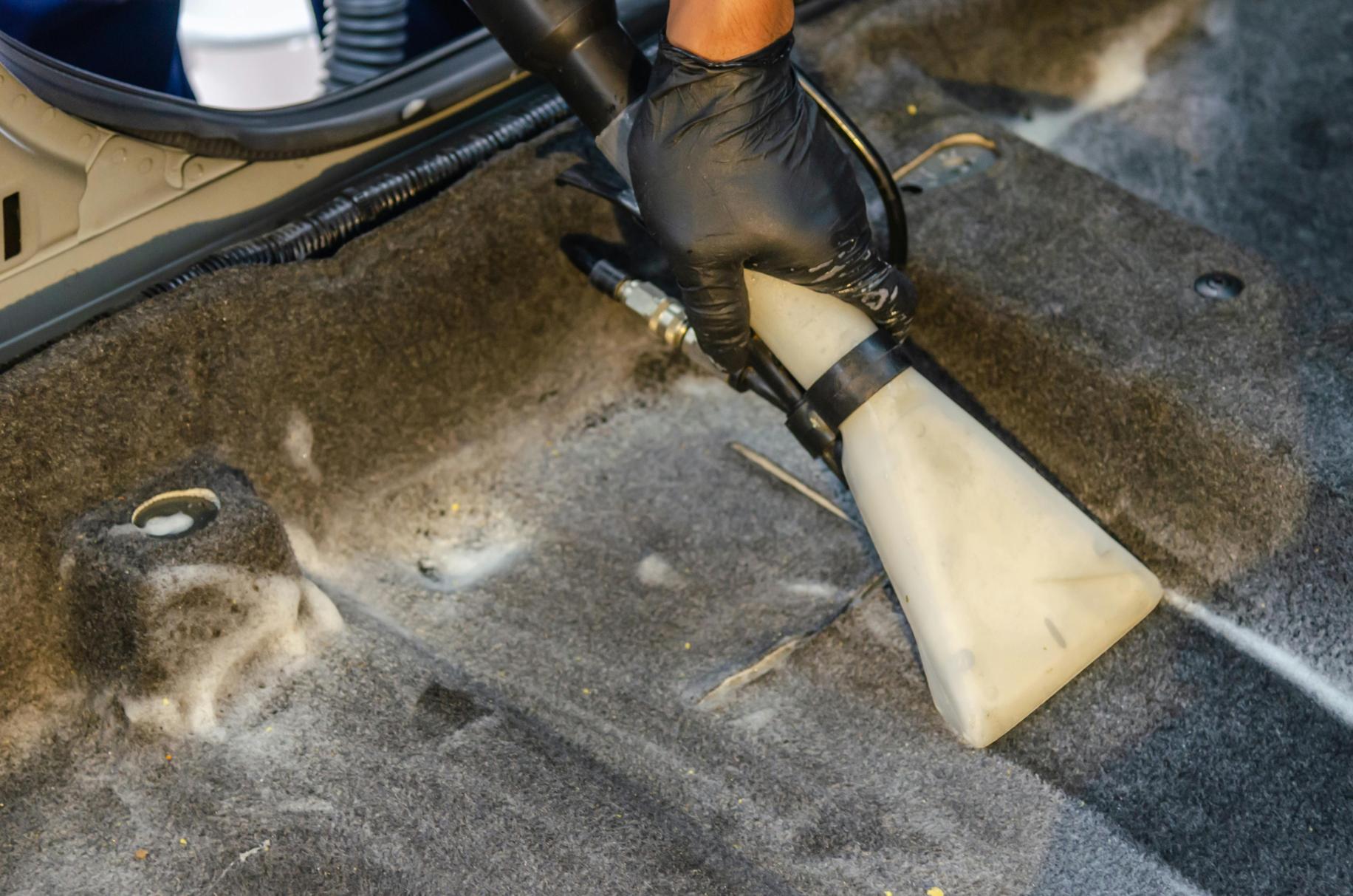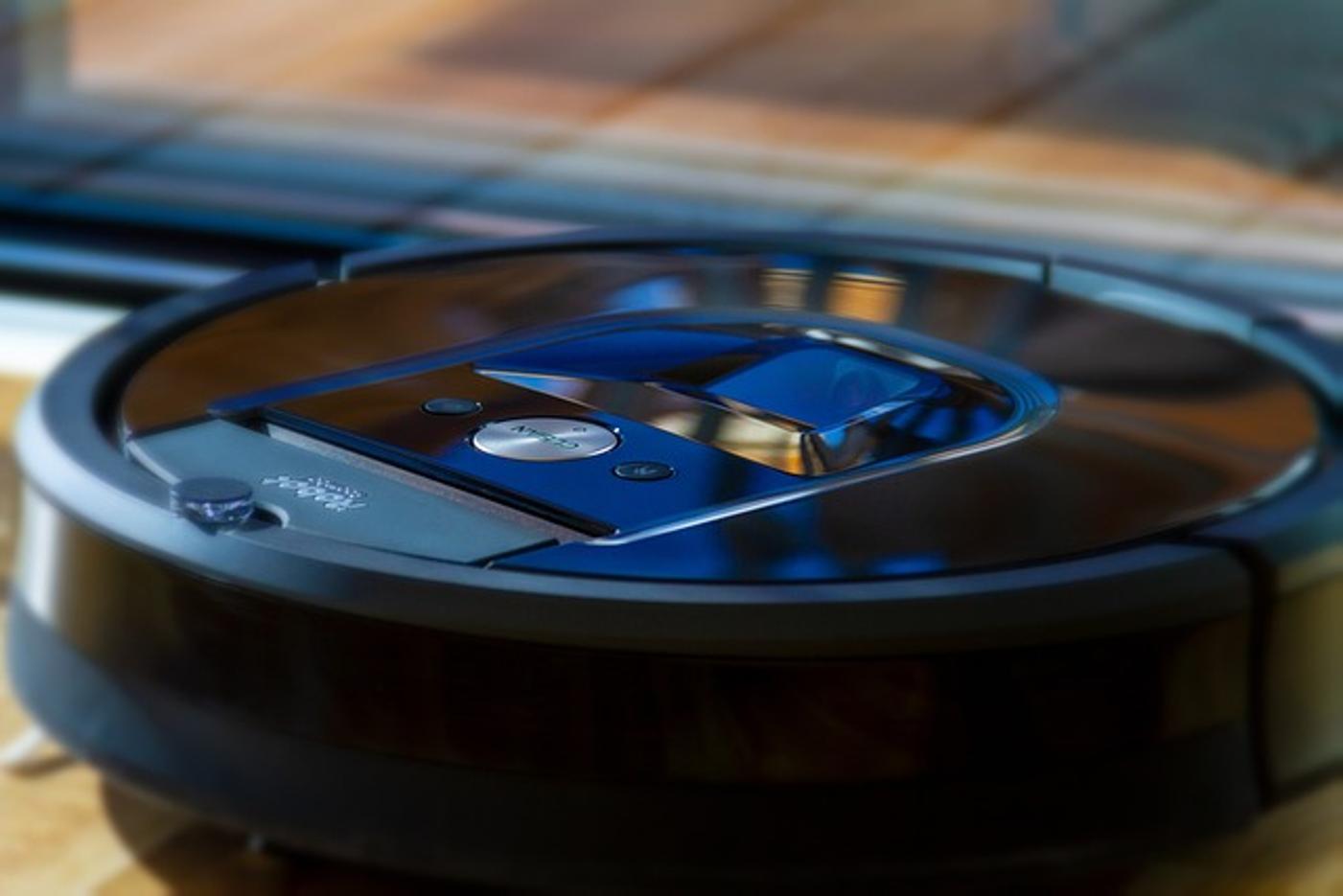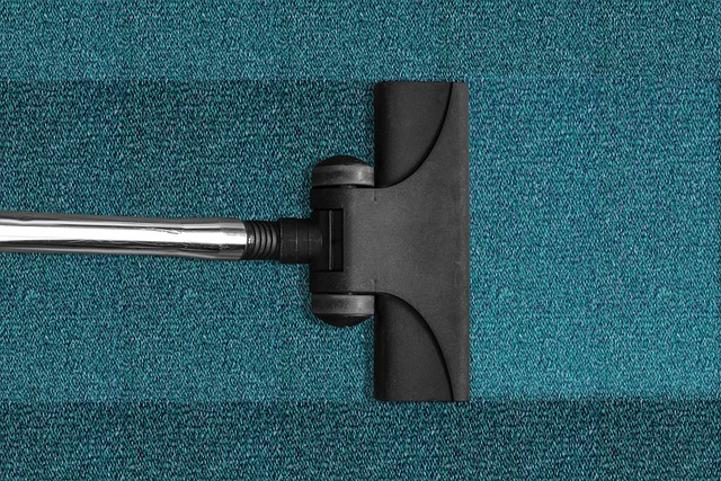How to Fix a Vacuum Cleaner with No Suction
Introduction
When your vacuum cleaner loses suction, it can quickly turn a simple cleaning task into a frustrating ordeal. A vacuum with no suction isn’t just inefficient; it’s practically useless. Understanding how to diagnose and fix this issue can save you both time and money. This guide will walk you through the steps necessary to restore your vacuum’s performance, making it as good as new. You’ll uncover potential problem areas, learn how to check the vacuum bag or canister, inspect the filters, examine hoses and attachments, and more. Whether you’re a DIY enthusiast or just looking to avoid a costly repair, these tips and tricks will help you troubleshoot your vacuum cleaner and get it back to its peak performance.

Identifying the Problem Areas
Before diving into fixing your vacuum cleaner, it’s crucial to pinpoint the areas that might be causing the loss of suction. Common problem areas include the vacuum bag or canister, filters, hoses, attachments, the brush roll, and the internal components such as the motor and belt.
Start by ensuring that your vacuum is unplugged for safety. Then, systematically inspect each of these areas. Identifying the root cause of the issue will help you apply the right fix and ensure your vacuum cleaner operates efficiently once again. Once you know what you’re dealing with, you can move on to specific solutions.
Checking the Vacuum Bag or Canister
One of the most common reasons for a vacuum cleaner losing suction is a full or improperly installed vacuum bag or canister. Here’s how you can check and rectify this issue:
- Empty the Canister or Replace the Bag: If your vacuum uses a bag, replace it if it’s full. For canister models, empty it and ensure there is no debris lodged inside.
- Proper Installation: Sometimes, the bag or canister might not be seated correctly. Check the alignment and ensure it’s securely in place.
- Check for Tears or Holes: Inspect the bag or canister for any damage. A torn bag can cause a loss of suction.
If you’ve addressed these potential issues and the suction problem persists, it’s time to look at another possible culprit: the filters.

Inspecting the Filters
Filters play a crucial role in maintaining the vacuum cleaner’s suction power by preventing dust and debris from reaching the motor. Here’s how to inspect and clean them:
- Locate the Filters: Your vacuum cleaner may have a pre-motor filter and an exhaust filter. Consult your vacuum cleaner’s manual to find their locations.
- Clean or Replace the Filters: Remove the filters and check if they are clogged. Wash or replace them based on the manufacturer’s recommendation.
- Dry Completely: If washing the filters, ensure they are thoroughly dry before reinserting them into the vacuum.
Cleaning or replacing the filters can often resolve suction issues. If the problem still isn’t fixed, the next step is to examine the hoses and attachments.
Examining the Hoses and Attachments
Blockages in the hoses or attachments can significantly reduce your vacuum cleaner’s suction power. To ensure that hoses and attachments are clear, follow these steps:
- Detach the Hoses and Attachments: Remove all hoses, wands, and other attachments from the vacuum cleaner.
- Visual Inspection: Look through the hoses and attachments to see if there are any visible blockages. Sometimes objects can get stuck and block the airflow.
- Use a Flexible Rod: For longer hoses, use a flexible rod or a straightened coat hanger to gently push out any debris.
Clearing any blockages can significantly improve suction. If no blockages are found, it’s time to move to the next step: cleaning the brush roll and belt.

Cleaning the Brush Roll and Belt
The brush roll and belt are critical for the effective functioning of your vacuum cleaner. If the brush roll is tangled with hair or debris, or if the belt is broken or loose, this can reduce suction power:
- Remove the Brush Roll: Consult your manual to see how to remove the brush roll and belt.
- Clean the Brush Roll: Use scissors and your hands to carefully remove hair, threads, and debris wrapped around it.
- Inspect and Replace the Belt: Check the belt for signs of wear or damage and replace it if necessary.
Keeping the brush roll and belt in good condition ensures optimal suction. If the vacuum still shows no improvement, it might be an issue with the motor and internal components.
Motor and Internal Components
If all the above steps fail to restore your vacuum’s suction, the issue might be more serious and related to the motor or other internal components. In such cases, it might be best to contact a professional:
- Inspect the Motor: Listen for unusual sounds or a burnt smell, which might indicate motor issues.
- Consult a Technician: If you’re not comfortable inspecting the motor yourself, seeking professional help can prevent further damage.
Routine Maintenance Tips
Regular maintenance can prevent future suction problems and extend the life of your vacuum cleaner:
- Regularly Empty the Canister or Replace the Bag: Do this before it gets too full.
- Clean or Replace Filters: Follow the manufacturer’s guidelines on timing.
- Check Hoses and Attachments: Periodically inspect for blockages.
- Brush Roll and Belt Maintenance: Clean the brush roll and inspect the belt regularly.
Implementing these tips can keep your vacuum working efficiently and save you from frequent repairs.
Conclusion
Fixing a vacuum cleaner with no suction often involves some straightforward checks and maintenance tasks. By identifying problem areas and taking simple steps such as checking the bag, filters, hose, and brush roll, you can usually restore your vacuum’s efficiency. A little regular maintenance can also go a long way in preventing future issues. Armed with these insights, you’re now better equipped to tackle suction problems and maintain a clean and efficient home.
Frequently Asked Questions
Why does my vacuum cleaner have no suction?
Your vacuum cleaner might have no suction due to a full bag or canister, clogged filters, blockages in hoses or attachments, or issues with the brush roll or belt.
How often should I replace the filters in my vacuum cleaner?
Filters should be cleaned or replaced according to the manufacturer’s recommendations, which is typically every 3 to 6 months, depending on usage.
Is it worth fixing a vacuum cleaner with no suction?
Yes, fixing a vacuum cleaner with no suction is often worth it. Common problems can usually be resolved with simple maintenance or part replacements, saving you the cost of a new vacuum cleaner.
